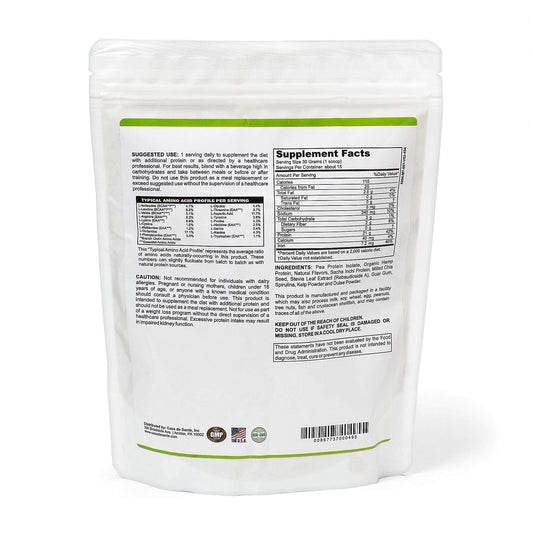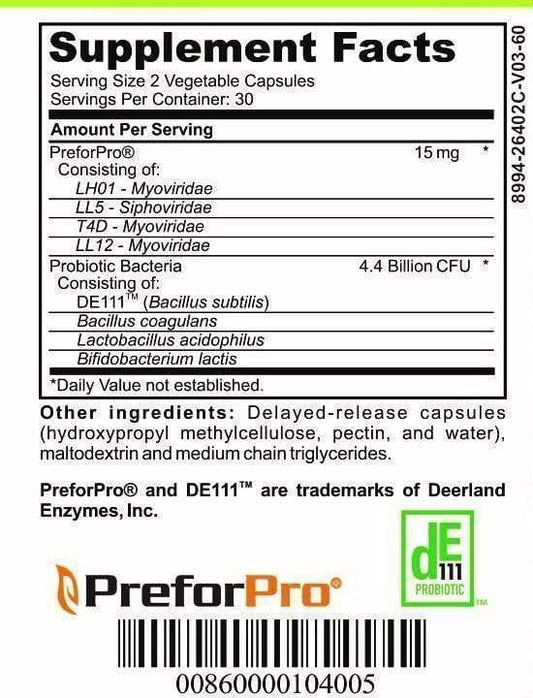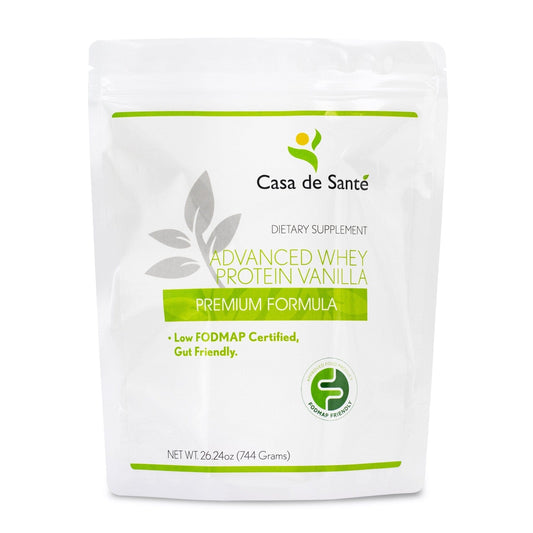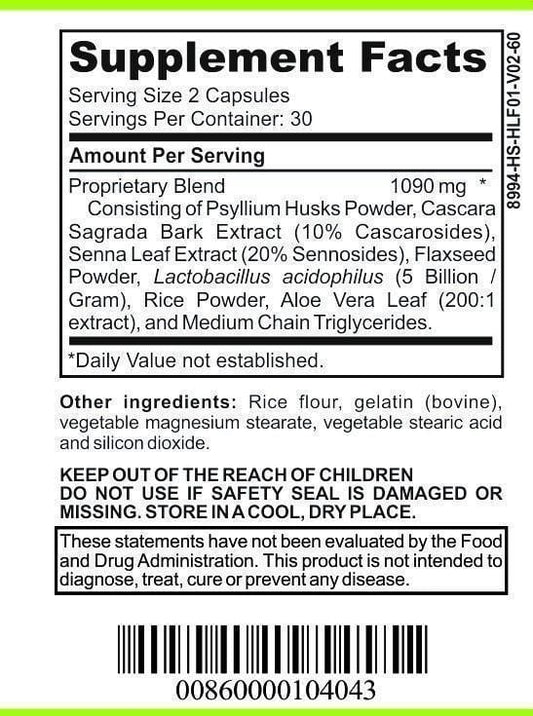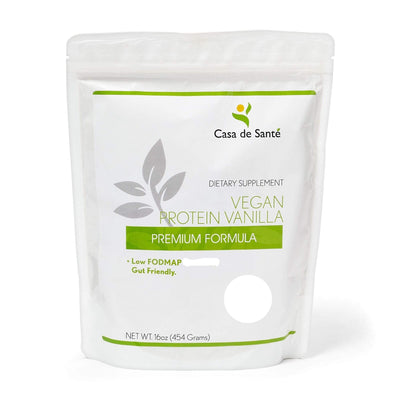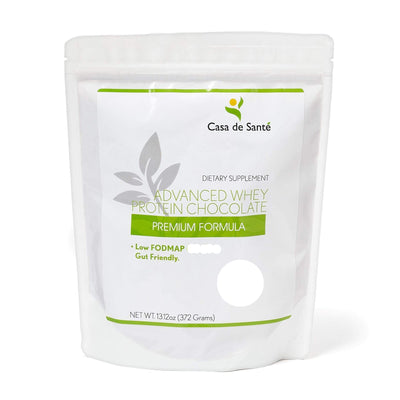Is Soy Flour Gluten Free
Is Soy Flour Gluten Free
Soy flour has gained popularity as a gluten-free alternative in recent years. For those who follow a gluten-free diet due to health reasons, the question of whether soy flour is truly free from gluten is a valid one. In this article, we will dive into the details of gluten, soy flour, and their compatibility. By understanding the basics of both, readers can make informed decisions about incorporating soy flour into their gluten-free diet.
Understanding Gluten and Its Effects
Before delving into the world of soy flour, it is essential to understand the nature of gluten and how it affects the body. Gluten is a protein found in wheat, barley, and rye. It provides elasticity and structure to dough, giving bread its beloved texture. However, for individuals with celiac disease or gluten sensitivity, consuming gluten triggers an immune response that damages the small intestine. This damage can lead to various digestive symptoms, malnutrition, and other complications.
Gluten, a composite protein made up of two subgroups - gliadin and glutenin, plays a crucial role in the texture and consistency of wheat-based products like bread. Gliadin contributes to the sticky nature of gluten, while glutenin provides the elasticity that gives dough its stretchiness. These properties are what make bread chewy and satisfying to bite into.
What is Gluten?
Gluten is a composite protein made up of two subgroups - gliadin and glutenin. These proteins are responsible for the sticky and elastic properties of gluten, which contribute to the chewy texture in wheat-based products like bread. The unique combination of gliadin and glutenin allows gluten to form a network of interconnected strands, giving dough its structure and enabling it to rise during baking.
When water is added to flour, the gluten proteins form long chains that create a web-like structure. This network traps carbon dioxide produced by yeast or baking powder, causing the dough to rise. As the dough bakes, the gluten proteins coagulate, giving bread its characteristic texture and crumb.
How Gluten Affects the Body
When individuals with celiac disease or gluten sensitivity consume gluten, their immune system mistakenly identifies the protein as harmful. This triggers an immune response, causing inflammation and damage to the lining of the small intestine. Over time, this damage can impair nutrient absorption and lead to a range of symptoms, including abdominal pain, diarrhea, fatigue, and weight loss.
The immune response triggered by gluten in individuals with celiac disease or gluten sensitivity can have far-reaching effects beyond the small intestine. Inflammation caused by the immune system's attack on gluten can extend to other parts of the body, leading to joint pain, skin rashes, and even neurological symptoms such as headaches and difficulty concentrating.
Furthermore, the damage to the small intestine caused by gluten can result in malabsorption of essential nutrients, including vitamins, minerals, and fats. This can lead to deficiencies that affect various bodily functions, such as bone health, immune system function, and cognitive abilities.
It is important for individuals with celiac disease or gluten sensitivity to strictly avoid gluten-containing foods to prevent further damage and alleviate symptoms. This often involves following a gluten-free diet, which requires careful reading of food labels and avoiding cross-contamination in food preparation.
Understanding the nature of gluten and its effects on the body is crucial for individuals with celiac disease or gluten sensitivity to manage their condition effectively. By eliminating gluten from their diet, they can reduce inflammation, promote gut healing, and improve overall health and well-being.
The Basics of Soy Flour
Now that we have a clear understanding of gluten and its effects, let's focus on soy flour. What exactly is soy flour, and how is it different from other flours? Soy flour is made by grinding roasted soybeans into a fine powder. It is a versatile ingredient used in a variety of culinary applications, including baking and cooking.
Soy flour is not only a great alternative for those with gluten sensitivities or allergies, but it also offers a wide range of nutritional benefits. It is a plant-based flour made from soybeans, which are known for their high protein content. In fact, soy flour contains more protein than any other commonly used flour, making it an excellent choice for those looking to increase their protein intake.
In addition to being a good source of protein, soy flour is also rich in fiber. Fiber is an essential nutrient that aids in digestion and helps maintain a healthy weight. Incorporating soy flour into your diet can help you meet your daily fiber needs and keep your digestive system running smoothly.
What is Soy Flour?
Soy flour is a plant-based flour made from soybeans. It is rich in protein, fiber, and various nutrients, making it a popular choice for those seeking alternative sources of nutrition. Soybeans are first cleaned to remove any impurities, and then they are roasted to enhance their flavor. The roasted soybeans are then ground into a fine powder, resulting in soy flour.
One of the unique characteristics of soy flour is its versatility. It can be used in a variety of culinary applications, including baking and cooking. Soy flour can be used as a substitute for wheat flour in recipes, providing a gluten-free option for those with dietary restrictions. It adds a nutty flavor and a slightly denser texture to baked goods, making them moist and flavorful.
How is Soy Flour Made?
The process of making soy flour involves cleaning, roasting, and grinding soybeans into a fine powder. Roasting the soybeans helps enhance their flavor while also improving the texture of the resulting flour. The end product is a light yellow powder with a nutty aroma and flavor.
Once the soybeans have been cleaned, they are spread out on a baking sheet and roasted in the oven. The roasting process brings out the natural oils in the soybeans, intensifying their flavor and giving the flour a richer taste. After roasting, the soybeans are allowed to cool before being ground into a fine powder.
The grinding process is crucial in creating a smooth and consistent texture for the soy flour. The roasted soybeans are placed in a grinder or mill and pulverized until they reach the desired fineness. The resulting powder can then be stored in an airtight container for future use.
It's important to note that there are different types of soy flour available, including full-fat soy flour and defatted soy flour. Full-fat soy flour contains the natural oils found in soybeans, while defatted soy flour has had the oils removed. The choice between the two depends on the desired outcome of the recipe and personal preference.
In conclusion, soy flour is a versatile and nutritious ingredient that can be used in a variety of culinary applications. Its high protein and fiber content make it a valuable addition to any diet, especially for those seeking alternative sources of nutrition. Whether you're looking to bake gluten-free goodies or add a nutritional boost to your meals, soy flour is a fantastic option to consider.
Nutritional Profile of Soy Flour
One of the key factors that make soy flour an attractive option is its impressive nutritional profile. Let's take a closer look at the macronutrients, vitamins, and minerals found in soy flour.
Soy flour is not only a versatile ingredient in cooking and baking, but it also offers a range of health benefits due to its rich nutritional content. It is a powerhouse of macronutrients, vitamins, and minerals that contribute to overall well-being.
Macronutrients in Soy Flour
Soy flour is an excellent source of protein, providing all essential amino acids required by the body. This makes it a valuable option for vegetarians and vegans who may struggle to meet their protein needs. Protein is essential for building and repairing tissues, supporting the immune system, and producing enzymes and hormones.
In addition to protein, soy flour is also rich in dietary fiber. Fiber plays a crucial role in digestion by promoting regular bowel movements and preventing constipation. It also helps maintain a healthy weight by providing a feeling of fullness, reducing the likelihood of overeating.
Furthermore, soy flour contains healthy fats, including omega-3 fatty acids. These fats are known for their heart-protective properties, as they can help lower cholesterol levels and reduce the risk of cardiovascular diseases.
Vitamins and Minerals in Soy Flour
Soy flour is packed with essential vitamins and minerals that are vital for various bodily functions. It is a good source of vitamin B, which plays a crucial role in energy production, brain function, and the formation of red blood cells. Vitamin B also helps maintain healthy skin, hair, and nails.
In terms of minerals, soy flour is rich in iron, calcium, magnesium, and potassium. Iron is necessary for the production of hemoglobin, which carries oxygen to all parts of the body. Calcium is essential for strong bones and teeth, while magnesium is involved in hundreds of biochemical reactions in the body, including muscle and nerve function. Potassium helps maintain proper fluid balance, supports heart health, and aids in muscle contractions.
By incorporating soy flour into your diet, you can benefit from these essential vitamins and minerals, supporting your overall health and well-being.
The Gluten-Free Status of Soy Flour
Now comes the crucial question - is soy flour naturally gluten-free?
Is Soy Flour Naturally Gluten-Free?
Yes, soy flour is naturally gluten-free. As it is derived from soybeans, which are naturally free from gluten, soy flour doesn't contain any gluten proteins. However, it is important to exercise caution when purchasing soy flour, as cross-contamination can occur during processing.
Cross-Contamination Risks with Soy Flour
Although soy flour itself doesn't contain gluten, it can be contaminated with gluten-containing grains during processing or packaging. This cross-contamination can happen in shared facilities or during transportation. Therefore, individuals with celiac disease or severe gluten sensitivity should look for certified gluten-free soy flour or brands that follow stringent procedures to avoid cross-contamination.
Incorporating Soy Flour into a Gluten-Free Diet
Now that we know soy flour is gluten-free (when sourced properly), let's explore how it can be incorporated into a gluten-free diet.
Baking with Soy Flour
Soy flour can be an excellent addition to gluten-free baking recipes. It adds a nutty flavor and enhances the moisture content in baked goods. However, as soy flour absorbs more liquid compared to other flours, it is advisable to adjust the recipe accordingly and combine it with other gluten-free flours for optimal results.
Other Culinary Uses of Soy Flour
Aside from baking, soy flour can be used in various other culinary applications. It can be added to smoothies, used as a thickener for soups and sauces, or incorporated into homemade energy bars. Its high protein content makes it a valuable ingredient in vegetarian and vegan recipes.
In conclusion, soy flour is a valuable gluten-free alternative for individuals who need to avoid gluten for health reasons. When sourced from reliable and certified gluten-free manufacturers, soy flour can be safely incorporated into a gluten-free diet, providing both nutrition and versatility in the kitchen. As always, it is essential to read labels carefully and ensure that the soy flour you choose adheres to strict gluten-free standards.


